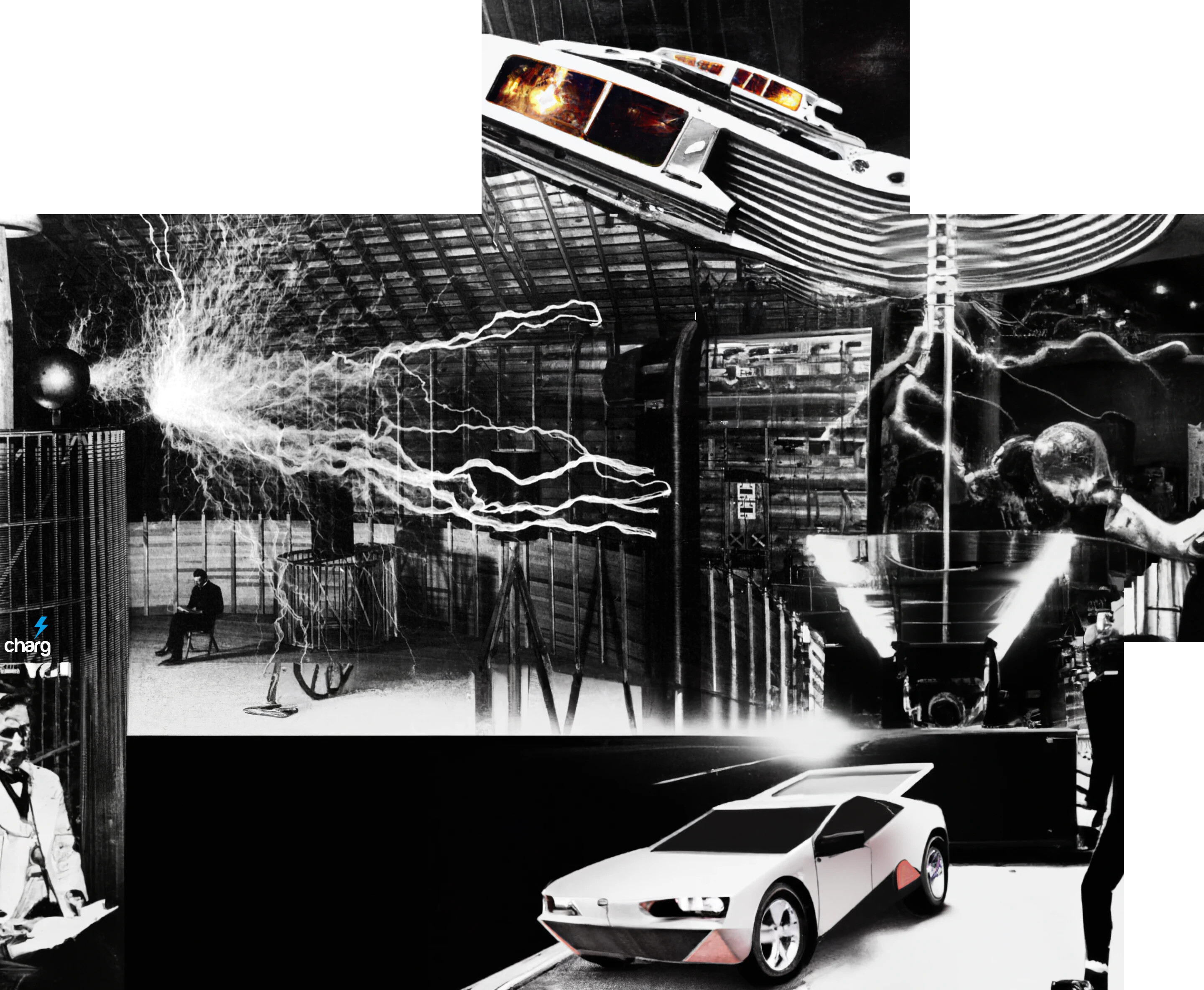Nikola Tesla
 Tesla’s Colorado Springs Diary — A Day-by-Day Dive
Tesla’s Colorado Springs Diary — A Day-by-Day Dive
 June 24, 1899 — Conduction Through Rarefied Gas
June 24, 1899 — Conduction Through Rarefied Gas
Today, Tesla records a plan to produce a “conducting path of extremely low resistance”—suitable for “resonating circuits and other uses.” He notes that such a method “offers the possibility of attaining results which can not be reached otherwise.”
The method is based on a key observation: when a discharge of sufficient intensity—preferably at high frequency—is passed through a rarefied gas, the resistance of that gas can drop “far below that of the best conductors.” Under such conditions:
“An immense amount of energy may be passed and currents of a maximum strength such that they can not traverse a copper wire… may be made to traverse the rarefied gas.”
Tesla proposes building a circuit with a coiled glass tube containing rarefied gas, kept at a high degree of excitation and incandescence. This column would serve as a path for high-frequency currents, connected through a condenser and a grounded conductor (L), with an elevated terminal.
He offers a practical example: if currents of the same frequency from a distant transmitter were passed through this gas column, they could cause a “great rise of the e.m.f. on the terminals of conductor L,” which might then be used to operate a receiving instrument.
Rather than presenting this as a conclusive breakthrough, Tesla is clear—this is a plan based on prior observation, not a finished system. His final note:
“(To follow up.)”
(Primary Source: Nikola Tesla, Colorado Springs Notes, 1899–1900 (Nolit, Belgrade, 1978), June 24 entry, p. 45.)




